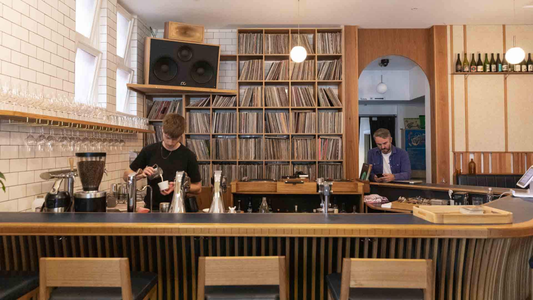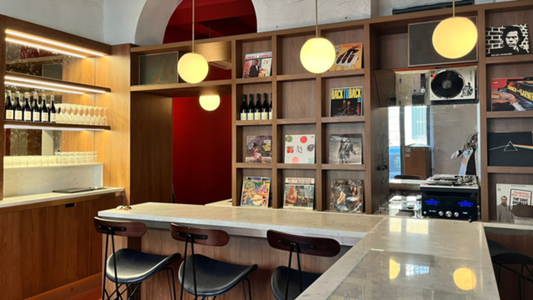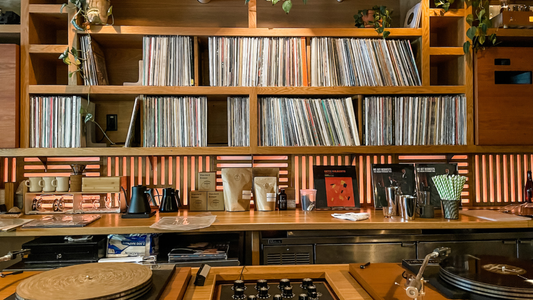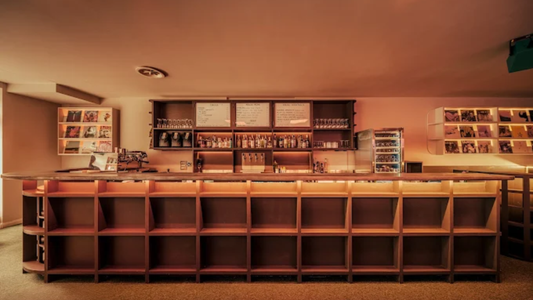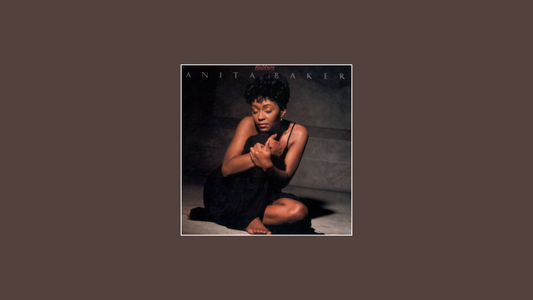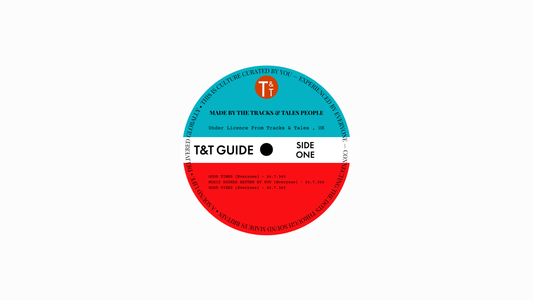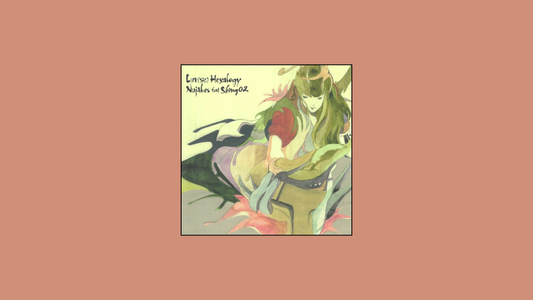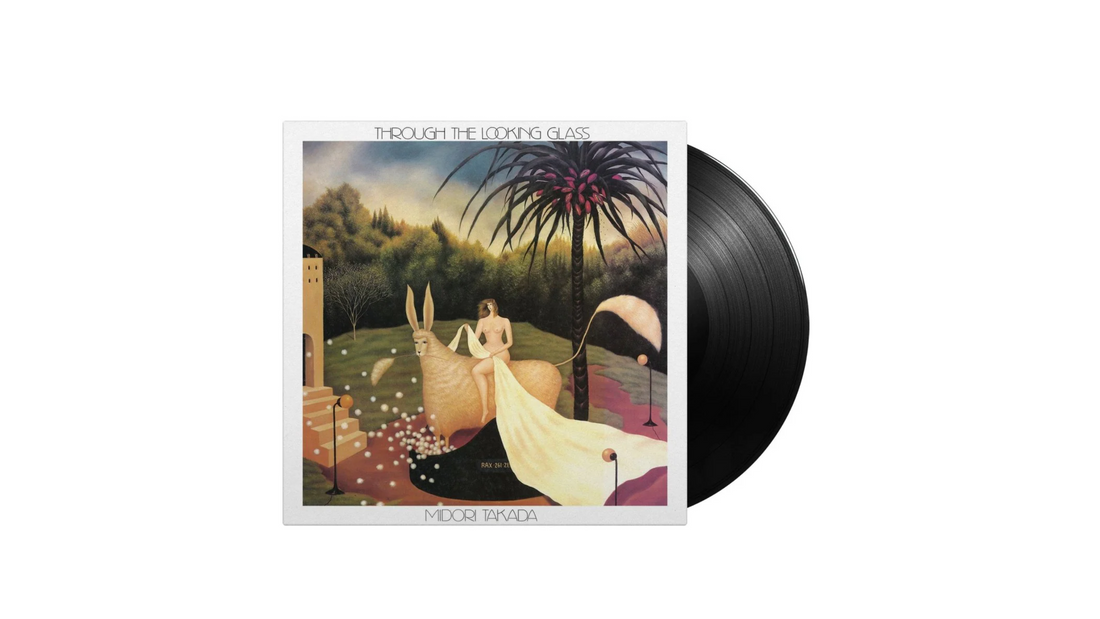
Album Note: Midori Takada’s Through the Looking Glass
By Rafi Mercer
The first sound is a bell — soft, resonant, like the opening of a temple gate. Then comes the marimba, cascading in patterns that feel both ancient and futuristic. Within seconds, you realise this is not an album in the conventional sense. It is a landscape. A listening space. A world of its own.
Midori Takada’s Through the Looking Glass, recorded in 1983 and long consigned to obscurity, has in recent years become a touchstone for listeners seeking refuge from noise. It is a record of surfaces and depths, where percussion is less about rhythm than about architecture. Each strike of wood or metal hangs in the air, decaying into silence as if the room itself were an instrument.
For decades, the record was almost impossible to find. A Japanese pressing glimpsed behind glass, whispered about among collectors, its price climbing with every rumour. When it was finally reissued, a new generation encountered its sound as if for the first time — yet it felt utterly of the moment. Ambient, minimal, ecological: the qualities that once seemed marginal now felt prophetic.
What sets Through the Looking Glass apart is its geometry. Takada treats percussion not as beat but as texture. Marimbas, gongs, chimes, cymbals — each note is given air, each resonance allowed to expand. Silence becomes a collaborator, shaping the listener’s perception of time. The record unfolds less like a composition than like a natural system: cycles, ripples, echoes.
Takada’s training was eclectic — rooted in Western classical music yet informed by African drumming and Asian ritual percussion. The result resists borders. It doesn’t belong to “jazz” or “ambient” or “world music.” It belongs to a continuum where sound itself is the language. Yet it never drifts. Its patterns are precise, woven with the discipline of a craftsman.
On vinyl, the record’s dimensionality is striking. The marimba’s wood resonates as though carved into the room; the high chimes hang like glass threads. Played on a good system, you don’t just hear it — you feel its architecture press against your skin. It’s the kind of record that reveals more each time, depending on the space, the time of day, the system through which it flows.
Its resurgence also tells us something about today. In an age of playlists and compression, Takada’s work has re-emerged as an antidote. Younger listeners seek out its patience, its expansiveness. It is played in yoga studios, galleries, cafés, but also sampled and remixed, stretched into new contexts. Yet it resists commodification. Its spirit is too precise, too attuned to silence, to be reduced to background.
Watching Takada perform live confirms this. She carries the same exacting grace as the record, her movements spare but charged with intensity. Every strike is measured, every pause deliberate. The decades dissolve: this is not revival but continuity. The music never aged — only our ears took time to catch up.
At home, late at night, I sometimes put it on with the lights low. Slowly, the room alters. The air thickens, the walls soften. The record doesn’t fill space so much as bend it. And when the final track fades into silence, that silence feels alive. You sit differently, attuned to the textures of your own environment.
Through the Looking Glass is less an album than a philosophy. It insists that listening is an act of orientation, a way of re-synchronising with the world. Through Takada’s lens, percussion becomes meditation, silence becomes structure, and time becomes elastic. In its quiet insistence, it offers something more radical than escape: it offers a new way of inhabiting the present.
Rafi Mercer writes about the spaces where music matters. For more stories from Tracks & Tales, subscribe here, or click here to read more.
